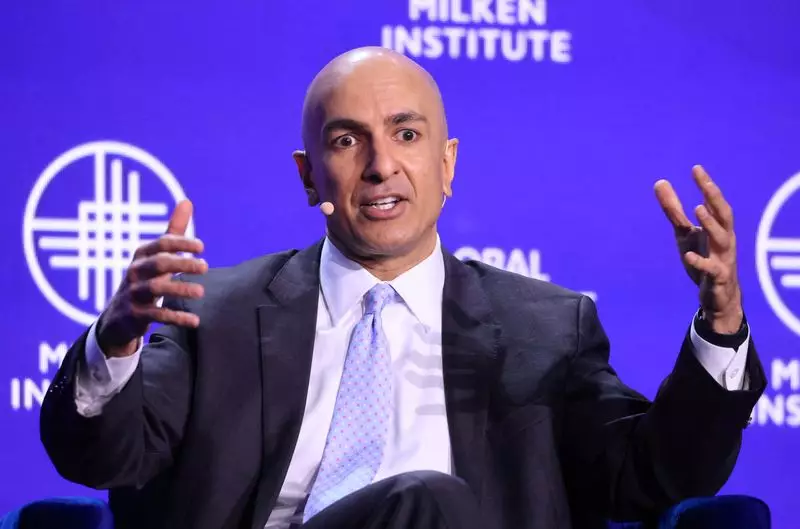In the ever-changing landscape of U.S. politics, the intersection between fiscal policy and governance becomes particularly complex, especially when a new administration takes the helm. Recently, Minneapolis Federal Reserve President Neel Kashkari weighed in on such dynamics following the election of President-elect Donald Trump. Reassuring the public, Kashkari expressed that he did not foresee any significant clash between the Federal Reserve’s monetary policy and the upcoming Trump administration. This perspective stems from a larger understanding that inflation control is a shared priority for both major political parties in the United States.
Kashkari, in his interview, asserted that there is mutual interest in bolstering the economy and curbing inflation, a commitment that transcends partisan lines. His confidence in the collaborative capacity of political entities suggests a hopeful matrix where economics take precedence over political rivalry. However, such an optimistic viewpoint mandates a closer scrutiny of past tensions between the Fed and political executives, particularly observed during Trump’s previous term when interest rate policies became contentious topics.
The Federal Reserve recently made a significant decision to lower the benchmark interest rate by 0.25 percentage points, taking it down to a range of 4.5% to 4.75%. This adjustment reflects the Fed’s proactive stance toward fostering economic growth, particularly in light of existing inflationary pressures that have garnered attention on national platforms. Kashkari’s remarks highlight that while there has been progress in terms of managing inflation, there remains a cautious approach to future rate adjustments.
Interestingly, Kashkari did not explicitly advocate for further rate cuts in the immediate future but acknowledged the current economic growth trends and productivity improvements. The underlying message indicates a complex balancing act: while there is room for maneuvering in monetary policy, the Fed must also remain vigilant of sustainable economic indicators before committing to additional rate reductions.
A pivotal point that emerged from Kashkari’s discourse is his unexpectedly strong optimism regarding America’s economic resilience. He noted that the economy has exhibited a surprising degree of robustness, arguing that if such trends continue, the likelihood of further cuts to interest rates diminishes. This observation underscores a deeper belief in the potential for a more structurally sound economy, focusing on productivity as a determinant of fiscal strategy moving forward.
Moreover, Kashkari’s statements resonate with broader economic narratives surrounding political consequences in policymaking. The transition of power, including a different administration with its unique approaches to economic governance, does not inherently distraught financial stability. In fact, as suggested, both parties may pursue similar paths in the quest for economic health, emphasizing the need for cooperation, especially in addressing inflation – a pivotal concern for both leaders and citizens alike.
As the Federal Reserve navigates this politically charged environment, it is essential to remain attuned to the evolving economic landscape. While Kashkari expresses confidence in the institution’s objectives and resilience amid potential administrative tensions, the fidelity to economic jobs and commitments will ultimately determine the success of these policy measures. The dialogue surrounding the Fed’s monetary policy and its interaction with the incoming Trump’s leadership is one that will certainly continue to unfold, warranting close monitoring by economists, political analysts, and the public.

